Bringing the outdoors in has never been easier or more rewarding with the inclusion of common house plants in your living spaces. These green companions not only lend a refreshing touch of nature to your interiors but also offer an array of benefits, from purifying the air to creating a calming ambiance.

In this comprehensive guide, we’ll introduce you to ten of the finest and most beloved common house plants, complete with their names and vivid pictures. Whether you’re a seasoned gardener or just starting out on your green journey, these plants are sure to captivate your senses and add a touch of natural beauty to your surroundings.
From the hardy and low-maintenance Snake Plant to the elegant and dramatic Fiddle Leaf Fig, each of these plants has its unique charm and characteristics. Discover how they can transform your living space into a thriving oasis of greenery and tranquility.
The Benefits of Common House Plants – Indoor Gardening
Beyond their visual appeal, common house plants offer a multitude of advantages that contribute to your well-being and overall quality of life. They act as natural air purifiers, removing toxins and releasing oxygen, creating a healthier indoor environment. Additionally, studies have shown that interacting with plants can reduce stress levels and boost your mood, ultimately enhancing your mental and emotional well-being.
Whether you have a spacious living room or a compact apartment, there’s a houseplant suited for every space and lifestyle. From compact succulents to statement-making Fiddle Leaf Figs, these plants are versatile enough to complement any decor style. Their diverse shapes, sizes, and colors offer endless opportunities for creative arrangements and displays.
The Art of Common House Plant Care
While these common house plants are known for their resilience and adaptability, each one has its own specific care requirements. Understanding their preferences for light, water, and humidity will ensure they thrive in your home. Whether you’re a hands-on gardener or prefer a more hands-off approach, there’s a plant to suit your lifestyle.
So, embark on this green journey with us as we explore the names, characteristics, and vibrant images of these ten extraordinary houseplants. Find the perfect match for your space and watch as it brings life and vitality to your indoor environment.
Top 10 Common House Plants: Names and Pictures
1. Snake Plant (Sansevieria Trifasciata)

The Snake Plant, also known as Mother-in-Law’s Tongue, is a resilient and striking common house plant known for its upright, sword-like leaves. Its ability to thrive in low light conditions makes it an excellent choice for beginners or for spaces with limited sunlight. Besides its aesthetic appeal, it’s also a powerful air purifier, removing toxins from the air.
2. Spider Plant (Chlorophytum Comosum)
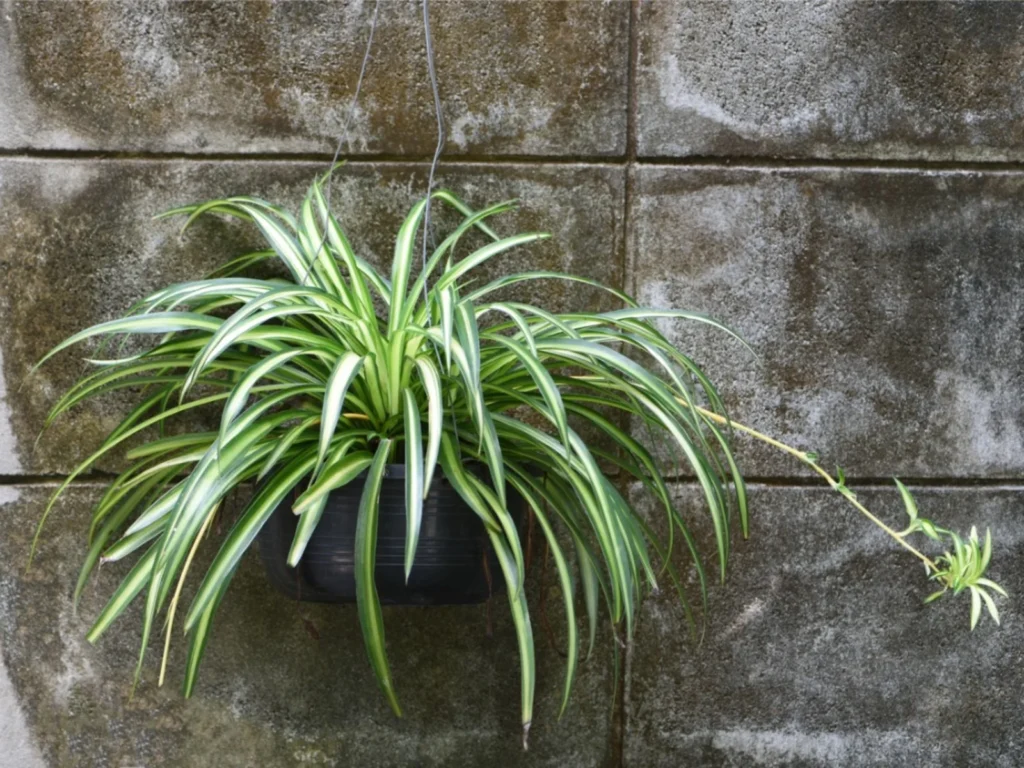
The Spider Plant is one of the classic common house plants recognized for its arching, grass-like leaves and tiny plantlets that dangle from the mother plant. It’s an adaptable plant, thriving in various lighting conditions, and is known for its exceptional air-cleaning properties, making it an excellent choice for any indoor environment.
3. Fiddle Leaf Fig (Ficus Lyrata)

The Fiddle Leaf Fig is an elegant and popular choice among indoor gardeners. Its large, glossy leaves create a dramatic focal point in any room. While it requires a bit more care, the visual impact it brings is well worth the effort. It prefers bright, indirect light and consistent watering.
4. Pothos (Epipremnum Aureum)

Pothos, also known as Devil’s Ivy, is a versatile and easy-to-grow plant. Its cascading vines and heart-shaped leaves make it a favorite for hanging baskets or as a trailing plant. Pothos is highly adaptable to different lighting conditions, and its forgiving nature makes it an excellent choice for beginners.
5. Succulents and Cacti
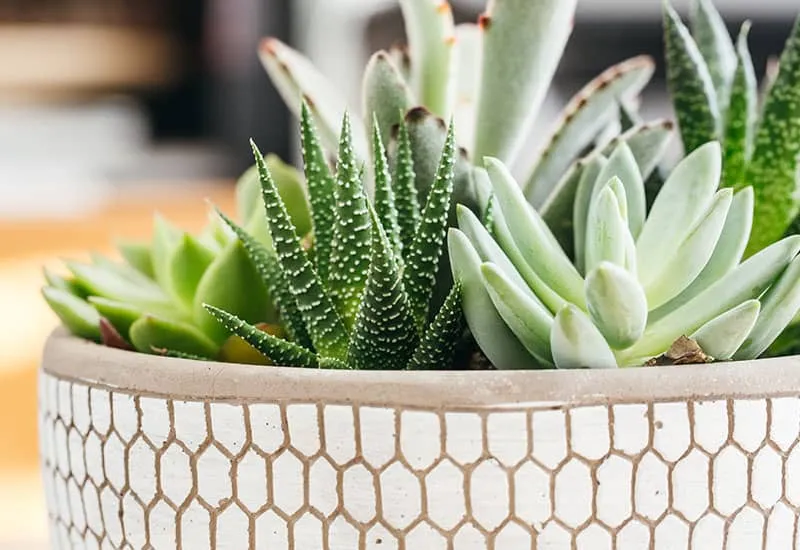
Succulents and cacti are a diverse group of plants known for their water-storing abilities. They come in a wide range of shapes, sizes, and colors, making them a creative addition to any indoor garden. These low-maintenance plants thrive in bright, indirect light and require minimal watering.
6. Aloe Vera (Aloe Barbadensis)
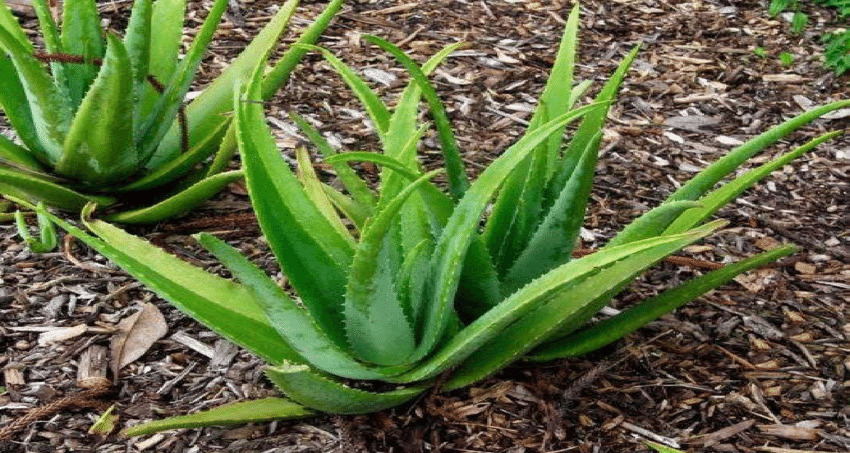
Aloe Vera is a renowned succulent known not only for its attractive rosette of spiky leaves but also for its medicinal properties. The gel inside the leaves can be used to soothe skin irritations. Aloe prefers bright, indirect light and well-draining soil, making it an easy and beneficial addition to any home.
7. ZZ Plant (Zamioculcas Zamiifolia)

The ZZ Plant is a striking and virtually indestructible plant with glossy, dark green leaves. Its ability to thrive in low light conditions and its resilience to neglect make it an excellent choice for busy households or for those new to plant care. It’s an elegant addition to any space.
8. Rubber Plant (Ficus Elastica)
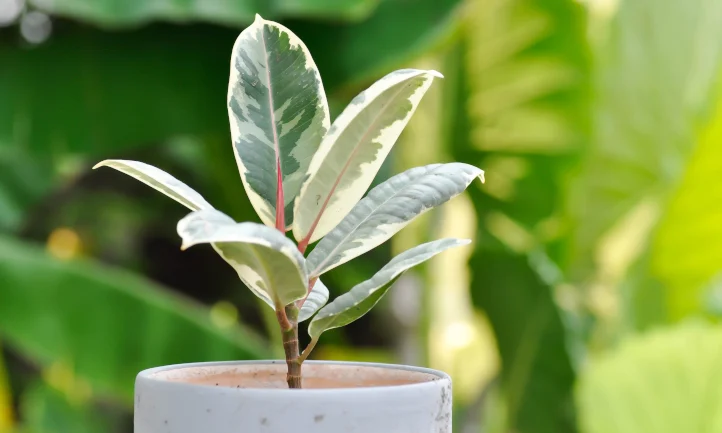
The Rubber Plant is a robust and visually appealing plant with large, dark green leaves. With proper care, it can grow into a substantial, tree-like presence in your living space. It prefers bright, indirect light and can be a stunning focal point in any room.
9. Peace Lily (Spathiphyllum)

The Peace Lily is known for its elegant white flowers and glossy, dark green leaves. It’s a great choice for low-light environments and is particularly effective at improving indoor air quality. Its graceful appearance adds a touch of tranquility to any room.
10. Monstera (Monstera Deliciosa)
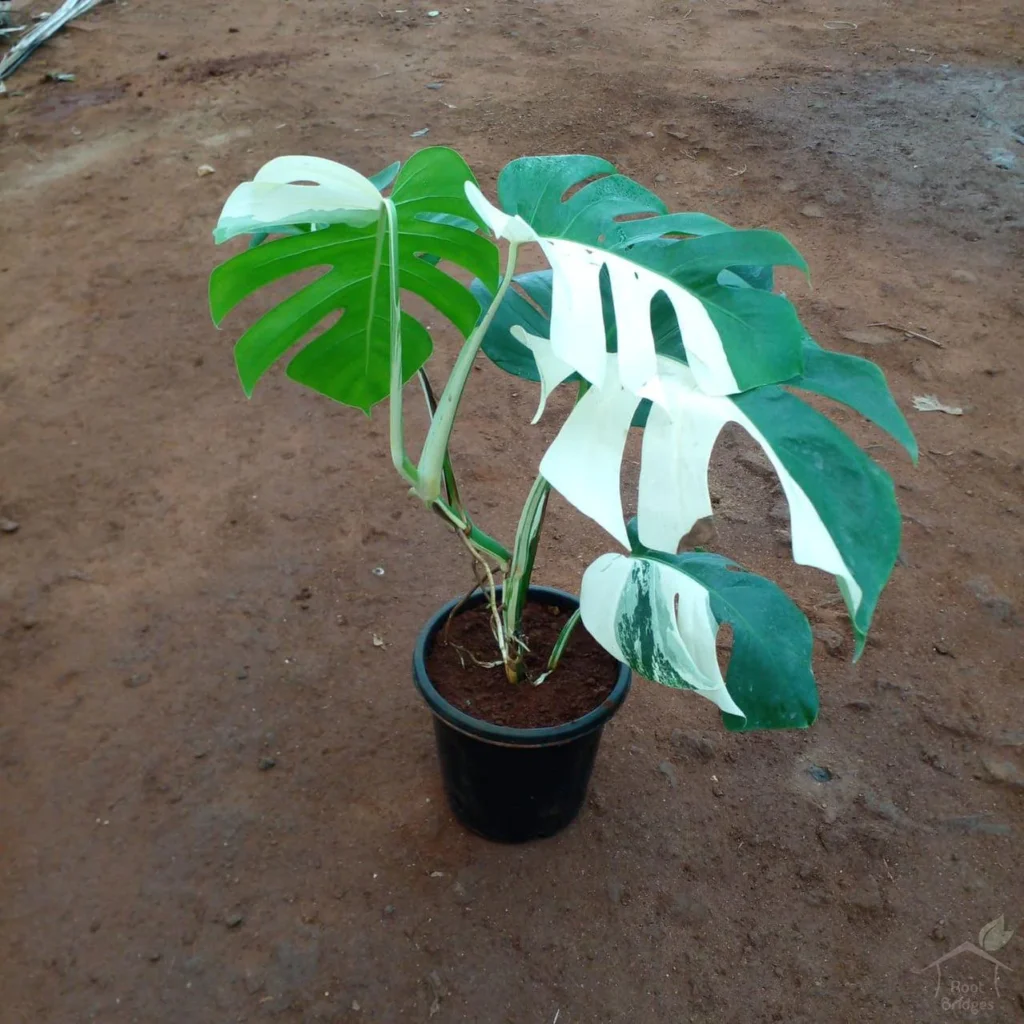
The Monstera is a tropical gem known for its unique split leaves. It’s a versatile plant that can be allowed to sprawl or trained to climb with support. Monstera thrives in bright, indirect light and brings a touch of the exotic to your indoor garden.
By introducing these common house plants to your home, you not only enhance its aesthetic appeal but also create a healthier and more vibrant living environment. Remember, each plant has its own specific care requirements, so understanding their needs is key to ensuring they thrive in your space.
Benefits of Common House Plants at a Glance
| Common House Plant | Benefits |
|---|---|
| Snake Plant | 1. Air purification by removing toxins. |
| 2. Thrives in low light conditions. | |
| Spider Plant | 1. Excellent air purifier, removing pollutants. |
| 2. Adaptable to various lighting conditions. | |
| Fiddle Leaf Fig | 1. Creates a dramatic focal point in any room. |
| 2. Enhances indoor aesthetics. | |
| Pothos | 1. Easy to grow and highly adaptable. |
| 2. Great for hanging baskets or as a trailing plant. | |
| Succulents and Cacti | 1. Low-maintenance and water-retaining. |
| 2. Diverse shapes and colors for creative displays. | |
| Aloe Vera | 1. Medicinal properties for skin irritations. |
| 2. Add a touch of green to the interiors. | |
| ZZ Plant | 1. Thrives in low light and is extremely resilient. |
| 2. Striking dark green leaves for visual appeal. | |
| Rubber Plant | 1. Large, glossy leaves create a stunning visual impact. |
| 2. Prefers bright, indirect light. | |
| Peace Lily | 1. Elegant white flowers and glossy leaves. |
| 2. Excellent at improving indoor air quality. | |
| Monstera | 1. Adds a touch of the exotic with unique split leaves. |
| 2. Can be trained to climb or left to sprawl. |
Conclusion
In choosing the right common house plants, it’s important to consider your space, lighting conditions, and your own preferences as a caretaker. Whether you opt for the hardy Snake Plant, the graceful Peace Lily, or the charming Spider Plant, each one brings its own unique qualities to your indoor oasis.
Beyond their natural beauty, common house plants offer a range of advantages, from their air-purifying capabilities to their stress-reducing effects. They act as nature’s own air filters, removing harmful toxins and releasing oxygen, resulting in cleaner, fresher indoor air. Additionally, studies have shown that interacting with plants can lower stress levels and boost overall well-being, creating a more tranquil and pleasant living atmosphere.
Among the notable air-purifying houseplants, species like the Snake Plant, Spider Plant, and Peace Lily stand out. These green wonders excel at removing common household toxins, such as formaldehyde, benzene, and xylene, making them invaluable additions to any indoor environment. Their presence not only enhances the quality of the air you breathe but also adds a touch of natural elegance to your space.
As you embark on this green journey, remember that each plant requires a little care and attention. By understanding their specific needs, you’ll be able to foster a thriving indoor garden that not only beautifies your living space but also enriches your well-being.
Frequently Asked Questions
1. How often should I water my house plants?
The watering frequency for house plants varies depending on the type of plant, its size, and the environmental conditions. Generally, it’s important to allow the top inch or two of soil to dry out before watering. Some plants, like succulents, prefer infrequent watering, while others, like ferns, may require more consistent moisture. Always check the specific watering requirements for each plant species to ensure they thrive.
2. What are some low-light house plants for spaces with limited sunlight?
There are several common house plants that thrive in low-light conditions. Some popular options include Snake Plants, ZZ Plants, Pothos, and Peace Lilies. These plants have adapted to survive in environments with minimal natural light and can be excellent choices for rooms with limited windows or for spaces further away from light sources.
3. How can I prevent common issues like overwatering or pests with my house plants?
To prevent overwatering, it’s crucial to let the soil dry out between waterings and ensure there is proper drainage in the plant’s container. Additionally, using a moisture meter can help you gauge when it’s time to water. To prevent pests, regularly inspect your plants for signs of insects or diseases. Quarantine new plants for a few weeks before introducing them to your existing collection, and consider using natural remedies like neem oil or insecticidal soap if needed.
Disclaimer: The images retrieved from Google Photos are for reference purposes only.
About the Author: Mary Jons (Content Writer) wrote and edited this article based on her knowledge and understanding. Mary comes with 5+ years of experience in academic research, and Home Decor content creation.

